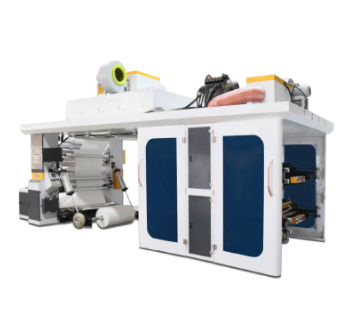A flexographic printer has become an important piece of equipment in the packaging and labeling industry. Its design allows for consistent and efficient printing on a wide range of materials such as paper, plastic films, metallic foils, and other flexible substrates. This versatility makes it a reliable option for businesses looking to maintain clear and uniform prints across various surfaces.
One of the main advantages of a flexographic printer is its ability to handle large-scale printing projects with speed. The machine uses quick-drying inks, which helps reduce waiting time between production steps. This capability is especially useful for packaging companies that need continuous output to meet delivery schedules. By supporting high-volume runs, the flexographic printer ensures a smooth and efficient workflow.
Another feature that sets the flexographic printer apart is its adaptability. It can print with different types of inks, including water-based, solvent-based, and UV-curable varieties. This flexibility provides manufacturers with more control over the final print appearance and ensures compatibility with various product requirements. For industries such as food packaging, the choice of ink also plays an important role in meeting safety standards.
Maintenance and operation of a flexographic printer are generally straightforward. With proper care, the equipment can sustain long production cycles and maintain printing precision over time. Regular cleaning and checking of the rollers, plates, and ink distribution systems help extend the life of the printer.
As markets continue to demand high-quality and efficient packaging solutions, the flexographic printer remains a practical tool. It supports both large and small production needs while adapting to the demands of modern printing applications. Its speed, adaptability, and consistency make it a valuable asset for industries that rely on accurate and efficient printing.



